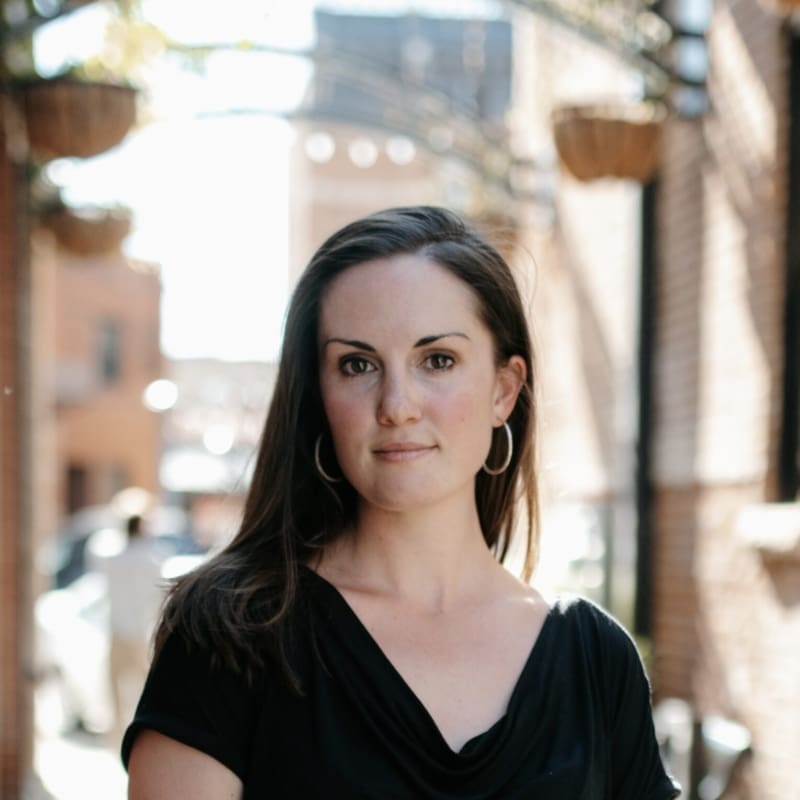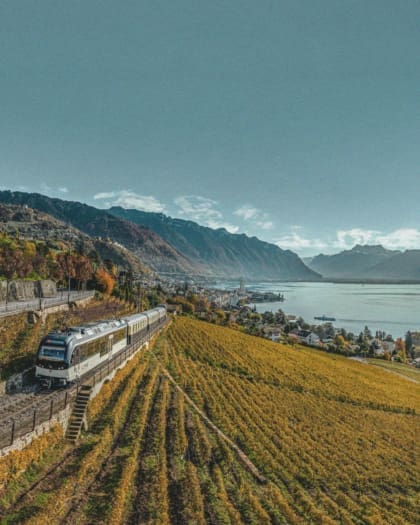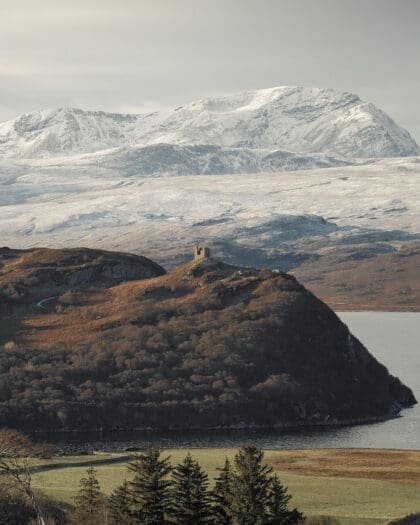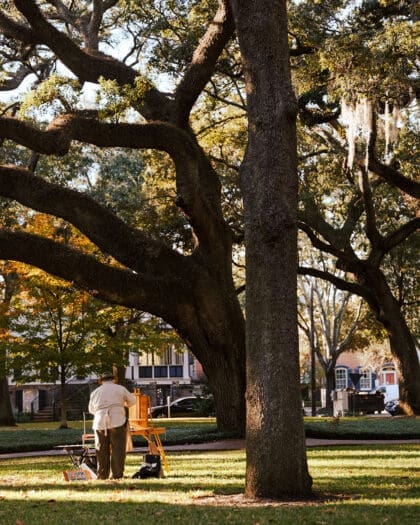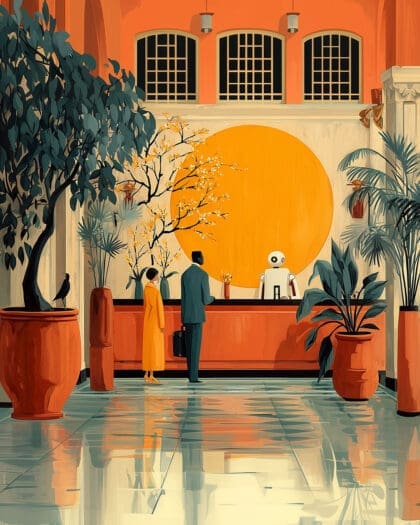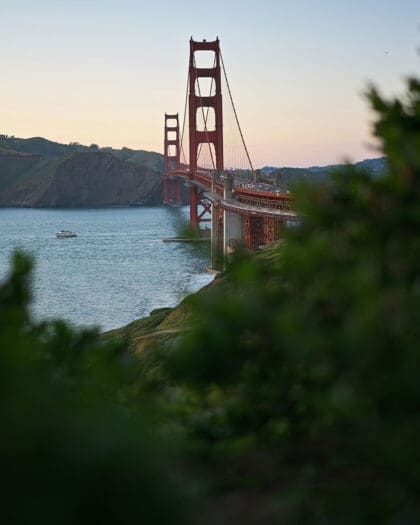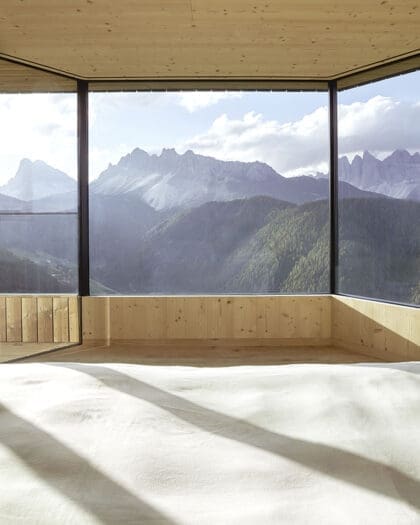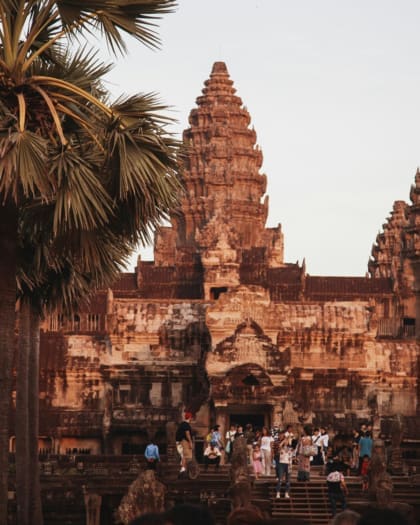
Dark tourism: Do we owe it to destinations to understand their troubled past?
Travelling to destinations shaped by conflict, tragedy or natural disaster raises complex issues as well as vital opportunities for new generations to learn from the past. Here we examine the ethics of so-called “dark tourism”, consider its effects on local communities and explore what compels travellers to visit in the first place.
Past flowering bougainvillaea trees, shoes off and lotus bud in hand, I approach the stupa at the centre of the grounds. “I’m sorry it took me so long,” I whisper to the glass cases displaying torn clothing, bone fragments and skulls – all that was left of the people murdered here during Cambodia’s Khmer Rouge genocide. I bow forward, trying to connect in whatever way possible to the souls that had once been here, to acknowledge their suffering. After giving the lotus as an offering, I return to the group, shrouded in sadness.
I’d waited six years to visit this site. In 2018, I moved to Cambodia after spending time in Siem Reap as a backpacker, going on to live there for nearly two years before returning to the US. During my time in Siem Reap, I tried to be a responsible expat (learning the local language, volunteering my time for various charitable projects), but mostly I just took advantage of the lifestyle Cambodia afforded me. I had benefited from all the country’s perks without acknowledging the pain in its recent past.
Lessons from the past
Between 1975 and 1979, the radical communist group Khmer Rouge perpetrated a genocide, killing some two million people and leaving survivors impoverished and traumatised. When I first arrived in Cambodia as a young traveller, I knew next to nothing about the Khmer Rouge; if I’d learned about the genocide in school it was in one paragraph within a longer chapter on the Vietnam War, nothing more.
My Khmer friends (Khmer is the majority native ethnicity of Cambodia) didn’t talk about that era, save for a sentence here and there in passing, or after accumulating a pile of crumpled beer cans at their feet. After I moved away from Cambodia in 2019, I channelled my longing for the country into reading about its history, which led me to return in spring 2024 to pay my respects at the Killing Fields and S21 Prison.
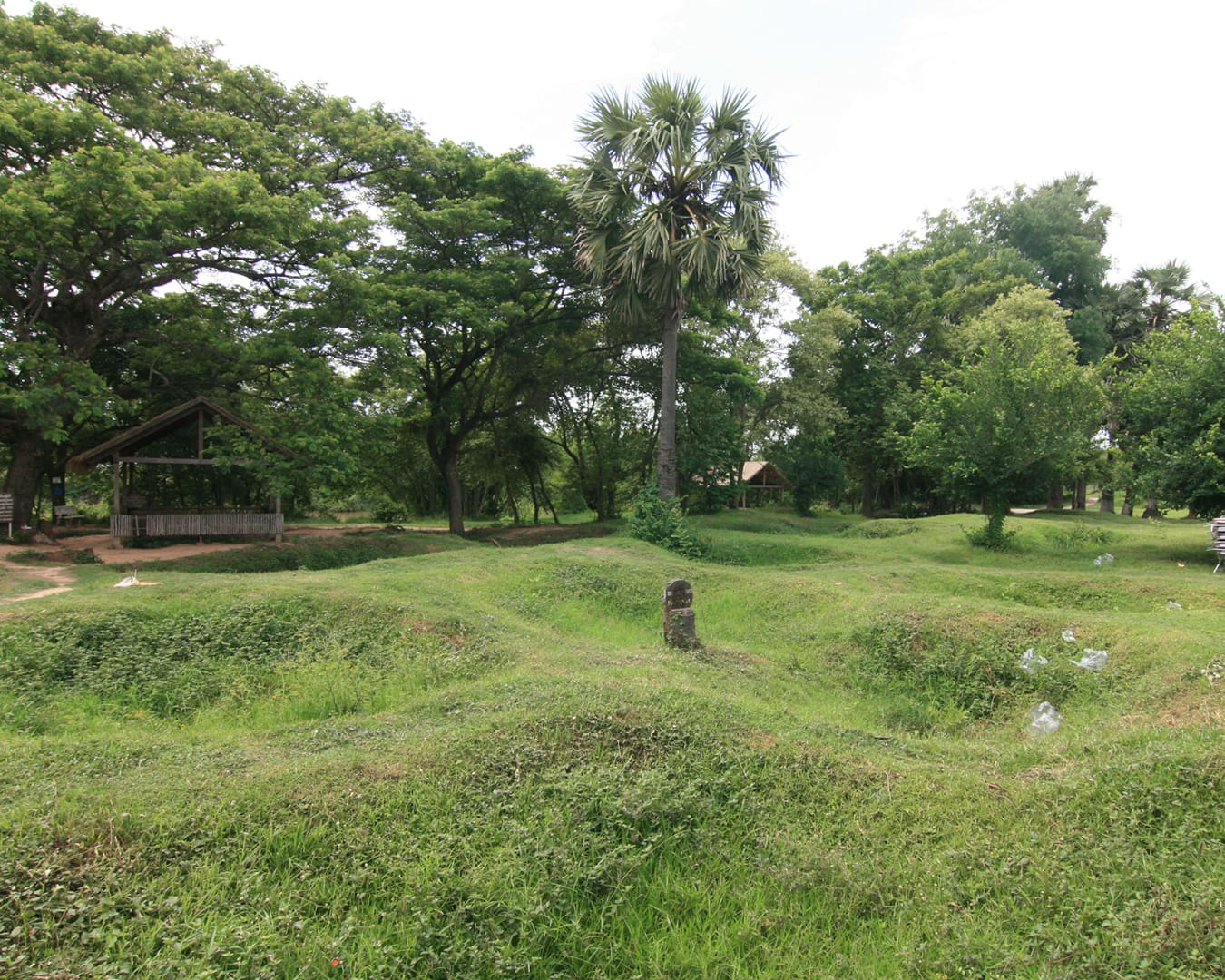
These sites are common stops for tourists who end up in Phnom Penh; in 2019, the busiest tourism year on record for Cambodia, the Choeung Ek Genocidal Center saw more than 200,000 international visitors. Even so, this is far less than the number of tourists who come to the country to see the temples of Angkor Wat, which had 6.6 million visitors that same year. Walking around the mass grave sites and blood-stained cells, I wondered – is acknowledging a destination’s most tragic and traumatic events part of responsible tourism?
Is it our moral responsibility to try to understand the intergenerational trauma that affects locals’ lives when in Cambodia for a temple visit? What about going to the Memorial to the Murdered Jews of Europe while on a clubbing trip in Berlin, or touring slave plantations during a road trip around the US to learn about the lives of the people once enslaved there and better understand the pain of their descendents?
What is dark tourism?
According to the definition offered by the Institute for Dark Tourism Research, these count as “dark tourism” locations, defined as sites, attractions and exhibitions of death, disaster or the seemingly macabre. Such destinations are not always centred upon war – think of Pompeii, where tourists flock to see the remains of one of the world’s most famous natural disasters – or the Port Arthur penal colony in Australia, the Catacombs of Paris and even the site of the Chernobyl nuclear accident. All such sites offer insight into tragedies that have shaped entire nations and peoples, but perhaps none so much as those focused on war and genocide, which force visitors to confront the pain the human race is capable of inflicting upon itself.

The ethics of visiting such sites are complicated. In many cases, this so-called “dark tourism” holds negative connotations thanks to its association with morbidity and the commodification of death and suffering. As Gareth Johnson, founder of Young Pioneer Tours (a company that offers excursions to so-called dark tourism locations like North Korea, Chernobyl, Fukushima and postwar Syria, among others) put it to me: “A lot of people just don’t get dark tourism – they think it’s tourists acting macabre, that they’re trying to take pleasure in death. I think it is massively misunderstood.” Although Young Pioneer Tours isn’t a dark tourism agency per se, they do “embrace dark tourism,” with a focus on contemporary history and cultural exchange. “Tourists want to know why this happened, how it happened.”
Challenging misconception
Despite its reputation, dark tourism serves a positive purpose, helping local people from both old and new generations process trauma while also offering a learning experience for visitors. There’s an entire organisation dedicated to supporting dark tourism sites – or what it calls “sites of conscience”. The International Coalition of Sites of Conscience (ICSC) provides training, coaching and advocacy to individual sites and oversees broader networks of these sites in different parts of the world. Silvia Fernández, the ICSC’s global networks programme director, works with members to support their establishment of what she calls “places of memory”.
According to Fernández, these places serve an important purpose: “Not only do sites of conscience provide safe spaces to remember and preserve even the most traumatic memories, they also enable their visitors to make connections between the past and related human rights issues today… promoting a more informed and socially conscious public.” Through the ICSC’s work, Fernández has discovered that “experiencing a site of memory first-hand can foster empathy. “It is by creating this safe space for sharing and listening that sites of memory can become catalysts for dialogue, healing and reconciliation.”
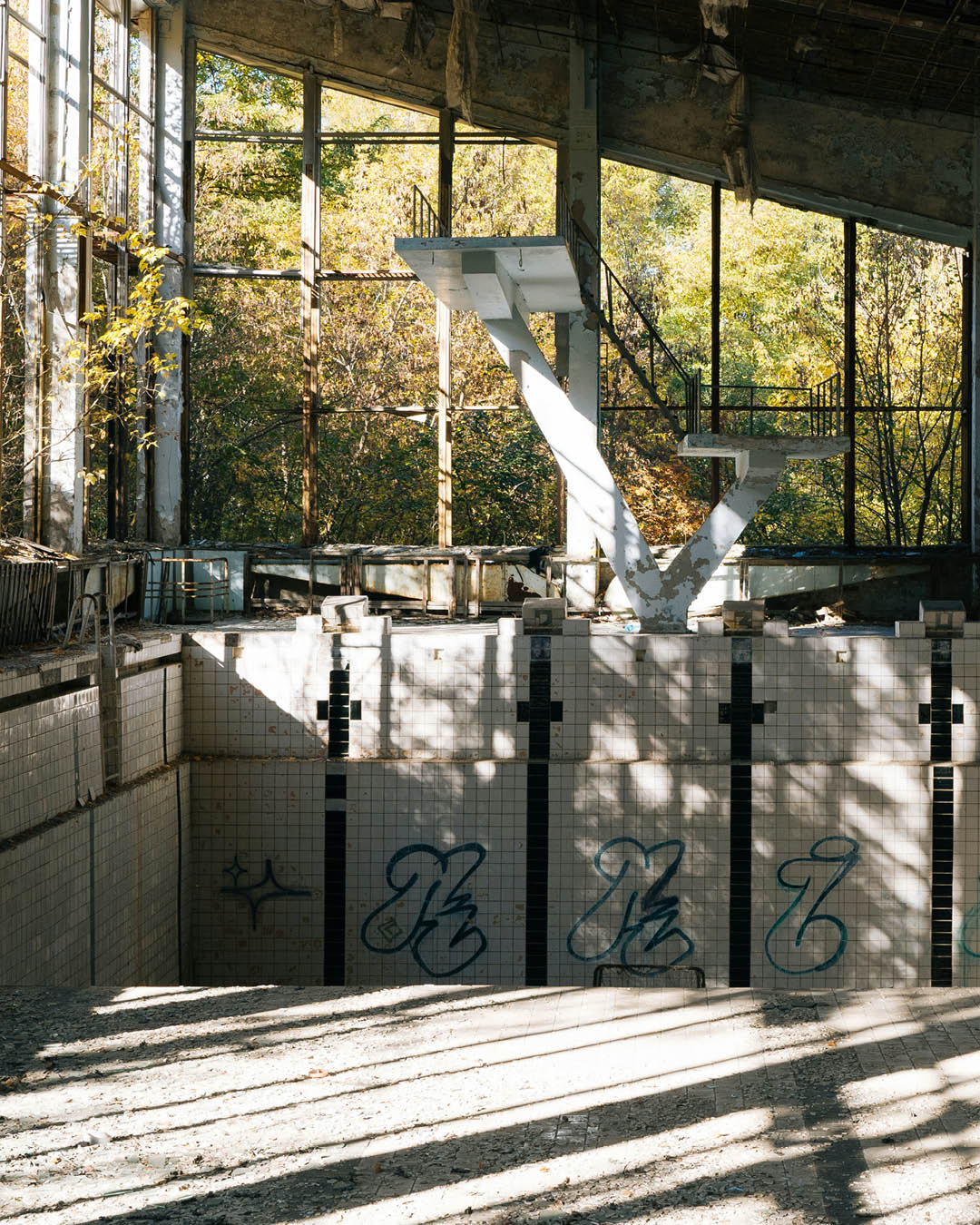
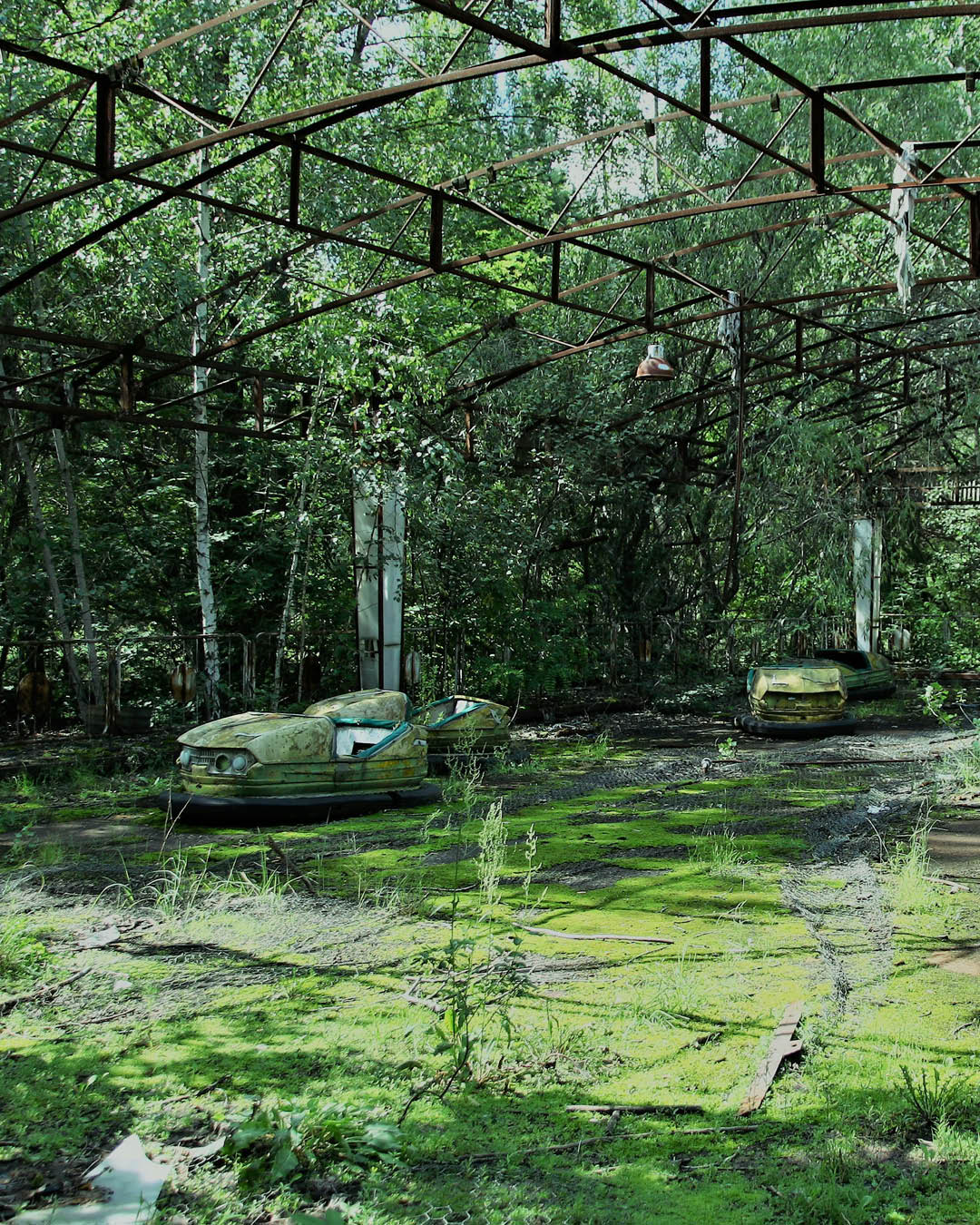
Picturing the abstract
This can be helpful for tourists – as Johnson said to me: “[The reality of genocide or war] is very abstract until you go and see it.” In his paper Ethics of Dark Tourism, Dr Philip Stone, founder of the Institute for Dark Tourism Research at the University of Central Lancashire, explained that these sites have the power to: “expand boundaries of the imagination and provide the contemporary visitor with potentially life-changing points of shock.” In another research paper, Is Dark Tourism a New Moral Peril?, Dr Stone asserted that dark tourism can positively affect the way people “confront and contemplate tragic deaths and disasters.”
Of course, there are people who visit these sites without empathy – in fact, I was horrified to see one tourist in my group reach into one of the mass graves, pick up some bone fragments and play around with them before casually tossing them back on the ground. This is similar to the irreverence shown by tourists who scratch their names into ancient buildings or take inappropriate photos at Auschwitz.
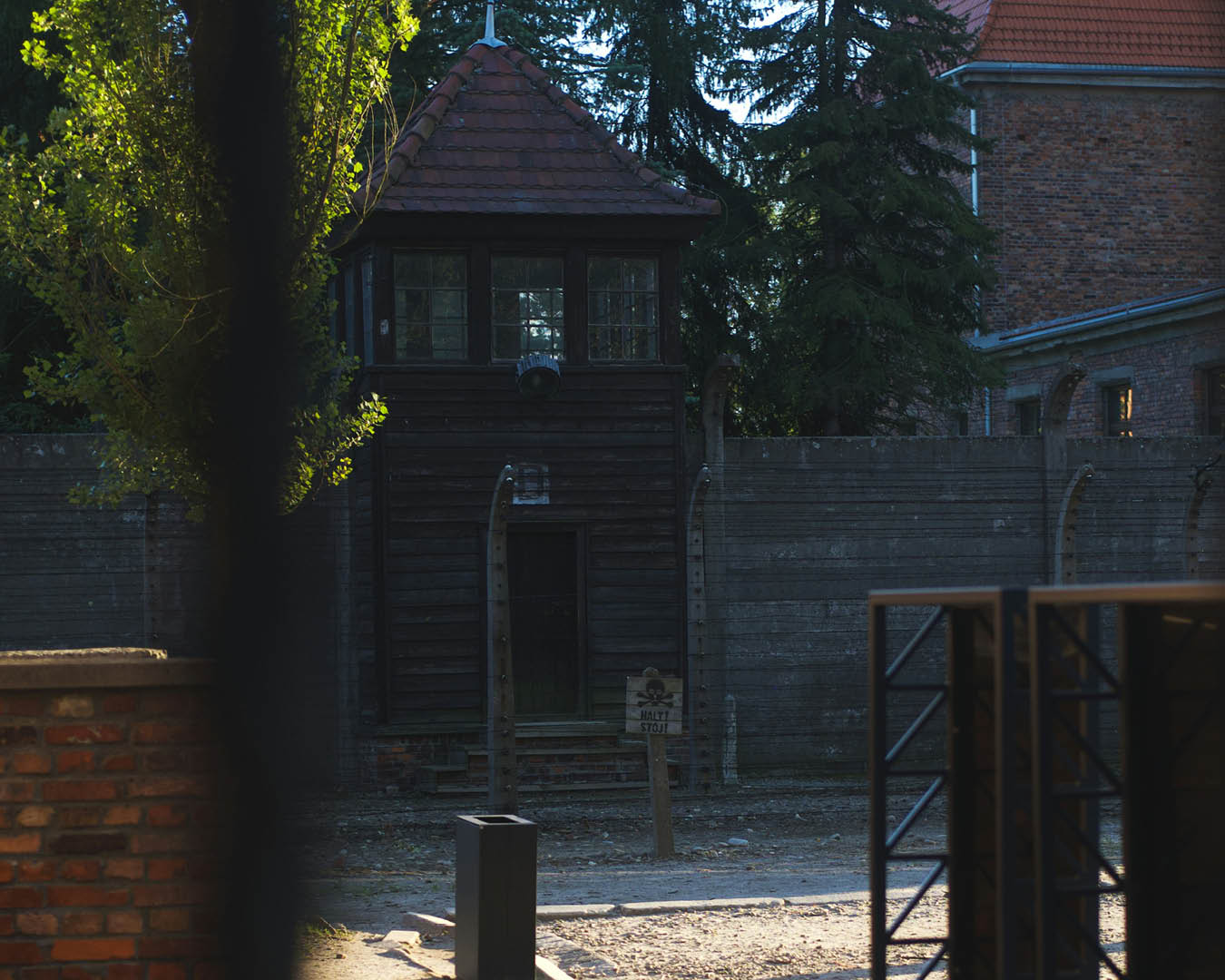
Why dark tourism matters
What, then, does it mean to be responsible when engaging in dark tourism? Perhaps following the lead of Young Pioneer Tours – as Johnson said: “We’re not there to glorify anything or take cheap selfies. This form of tourism only works if people are extremely respectful.”
Then there’s the positive effect these sites have on the surrounding communities to consider. In March 2024, the state tourism agency of Ukraine was in the news for partnering with travel companies to prepare for post-war tourism. Young Pioneer Tours is one company that has already begun taking travellers to Ukraine, which Johnson acknowledges is “considered on the line”, but was “at the request of our Ukrainian partners, who want people and money to come into Ukraine.” The point of these trips is not to turn war into a form of entertainment – rather, the tour groups bring along aid packages and visit for the purpose of “being educated about the devastation caused by the war in Ukraine.”
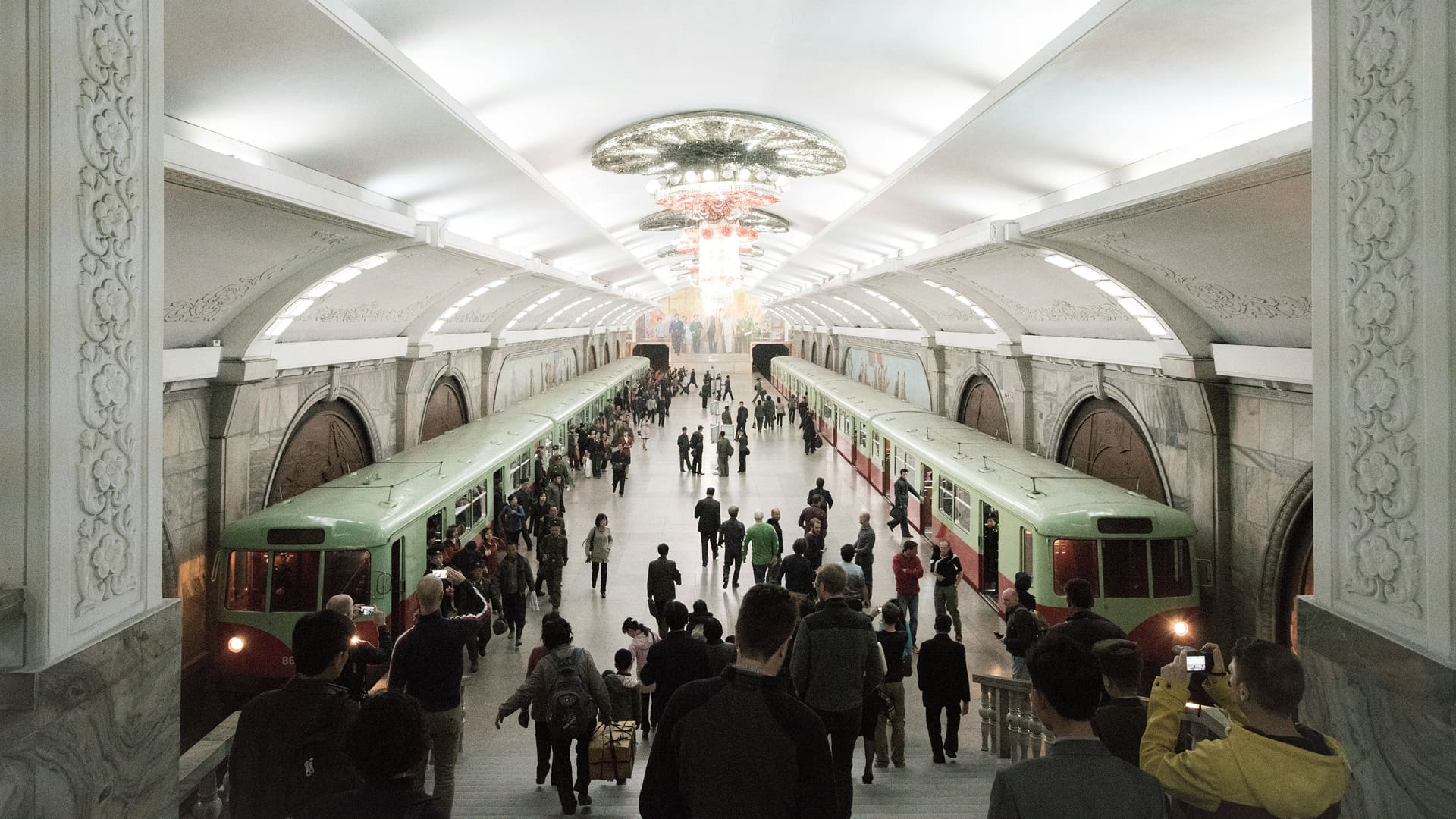
As Johnson pointed out about other dark tourism sites around the world: “You’ve got small hotels opening, people doing tour guiding, shops selling drinks, so there is an element of economic benefit in places that have suffered.” I made a point of buying a coffee from a stand outside the Killing Fields for this reason. Even so, I couldn’t help but wonder if the local people feel the downsides of reliving the Khmer Rouge era outweigh the benefits.
Throughout the tour I keep an eye on the face of our guide, who introduces himself as Baboon. “Is it hard to come here every day?” I ask him during a quiet moment. “Yes. That is why I don’t come here every day,” he replies. When we board the bus at the end of the tour, there is a heaviness, all of us sitting in silence absorbing what we’d witnessed. It was uncomfortable to think about, uncomfortable to process, but maybe that’s the point. As Baboon put it earlier in the day: “We learn about the history now so this doesn’t happen again tomorrow.”
